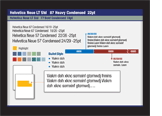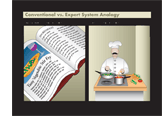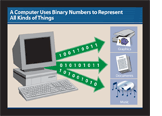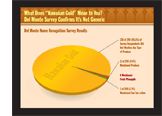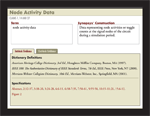|
|
|
|
|
|
|
|
|
|
|
ArticlesTen Tips to Better Courtroom VisualsTrial lawyers are masters of language, both verbal and written. It is with words that we transmit and receive information. But many jurors on a typical panel will assimilate information more effectively when we use visual tools in addition to words, such as photographs, video, illustrations, charts, and animations. Here are some quick tips to maximize your effectiveness in the use of courtroom visuals to educate and persuade your jurors:
2. Establish consistency with a template. Before creating demonstratives, determine uniform fonts, sizes and colors for the title, sub-title and body of each exhibit. Make selections to enhance visibility, understandability and impact – not aesthetics.
4. Illustrate your points, don't just list them. Both comprehension and retention are enhanced when visual images are used to convey information. "A picture is worth a thousand words" is more than just a cliché; it works.
6. Break the monotony with varied presentation media. Some demonstratives are best presented on big hardboards. Others can be projected via an Elmo. Document-heavy cases require electronic presentation software such as Sanction or TrialDirector. Use a multimedia approach for maximum effectiveness.
8. Engage your jurors with motion and interactivity. The cost of video, animation and Flash programming has declined substantially in the last decade. The same jurors who are engrossed by moving pictures in the theater, on TV and on the internet are sitting on your panel.
10. Practice makes perfect. Integrate your demonstratives into your practice sessions for opening and closing, and make sure that your witnesses are thoroughly familiar with any visuals you plan to show while they are on the stand.
Ralph Mongeluzo is Director of Litigation Services at Think Twice, Inc., a nationwide courtroom graphics and presentation firm with offices in San Francisco and Los Angeles. He can be reached at ralph@ThinkTwiceLegal.com or (415) 834-2000. |
|
Obiter Dictum
|
|
